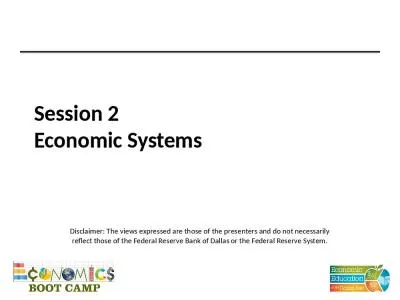Enterprise Applications Enterprise Systems
Author : phoebe-click | Published Date : 2025-06-23
Description: Enterprise Applications Enterprise Systems Enterprise Systems Also called enterprise resource planning ERP systems Suite of integrated software modules and a common central database Collects data from many divisions of firm for use in
Presentation Embed Code
Download Presentation
Download
Presentation The PPT/PDF document
"Enterprise Applications Enterprise Systems" is the property of its rightful owner.
Permission is granted to download and print the materials on this website for personal, non-commercial use only,
and to display it on your personal computer provided you do not modify the materials and that you retain all
copyright notices contained in the materials. By downloading content from our website, you accept the terms of
this agreement.
Transcript:Enterprise Applications Enterprise Systems:
Enterprise Applications Enterprise Systems Enterprise Systems Also called “enterprise resource planning (ERP) systems” Suite of integrated software modules and a common central database Collects data from many divisions of firm for use in nearly all of firm’s internal business activities Information entered in one process is immediately available for other processes Enterprise Systems Enterprise Software Built around thousands of predefined business processes that reflect best practices Finance/accounting: general ledger, accounts payable, and so on Human resources: personnel administration, payroll, and so on Manufacturing/production: purchasing, shipping, and so on Sales/marketing: order processing, billing, sales planning, and so on To implement, firms: Select functions of system they wish to use. Map business processes to software processes. Use software’s configuration tables for customizing. Enterprise Systems Figure 8-1 Enterprise systems feature a set of integrated software modules and a central database that enables data to be shared by many different business processes and functional areas throughout the enterprise How Enterprise Systems Work Enterprise Systems Business value of enterprise systems Increase operational efficiency. Provide firm wide information to support decision making. Enable rapid responses to customer requests for information or products. Include analytical tools to evaluate overall organizational performance. The Supply Chain Network of organizations and processes for: Procuring raw materials Transforming them into products Distributing the products Upstream supply chain: Firm’s suppliers, suppliers’ suppliers, processes for managing relationships with them Downstream supply chain: Organizations and processes responsible for delivering products to customers Supply Chain Management Systems Information and Supply Chain Management Inefficiencies cut into a company’s operating costs Can waste up to 25 percent of operating expenses Just-in-time strategy: Components arrive as they are needed Finished goods shipped after leaving assembly line Safety stock Buffer for lack of flexibility in supply chain Bullwhip effect Information about product demand gets distorted as it passes from one entity to next across supply chain Supply Chain Management Systems The Bullwhip Effect Supply Chain Management Systems Figure 8-3 Inaccurate information can cause minor fluctuations in demand for a product to be amplified as one moves further back in the supply chain. Minor fluctuations in retail sales for a product can create excess inventory for distributors, manufacturers, and suppliers. Supply Chain Management Software Supply chain planning systems Model existing supply chain. Demand planning. Optimize sourcing, manufacturing plans. Establish inventory levels. Identify transportation modes. Supply chain execution systems Manage flow of products through distribution centers and warehouses. Supply Chain Management


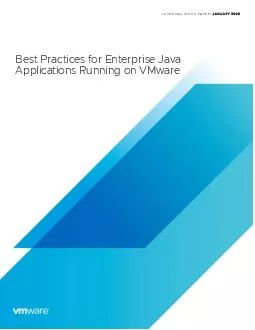

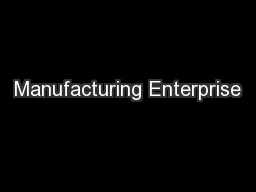
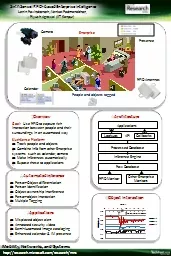


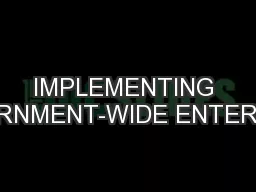

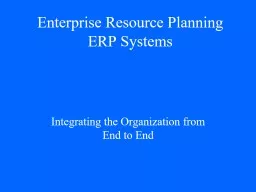

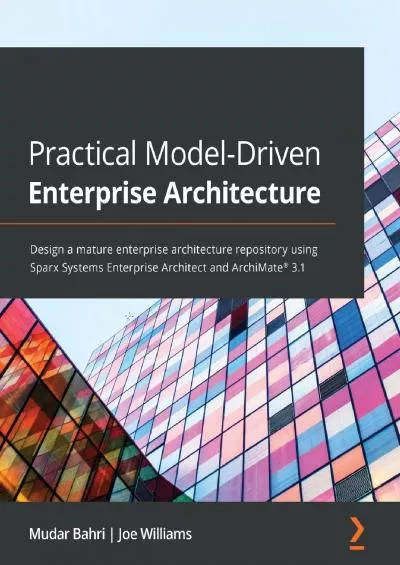
![[PDF]-Kotlin for Enterprise Applications using Java EE Develop, test, and troubleshoot](https://thumbs.docslides.com/970741/pdf-kotlin-for-enterprise-applications-using-java-ee-develop-test-and-troubleshoot-enterprise-applications-and-microservices-with-kotlin-and-java-ee.jpg)
